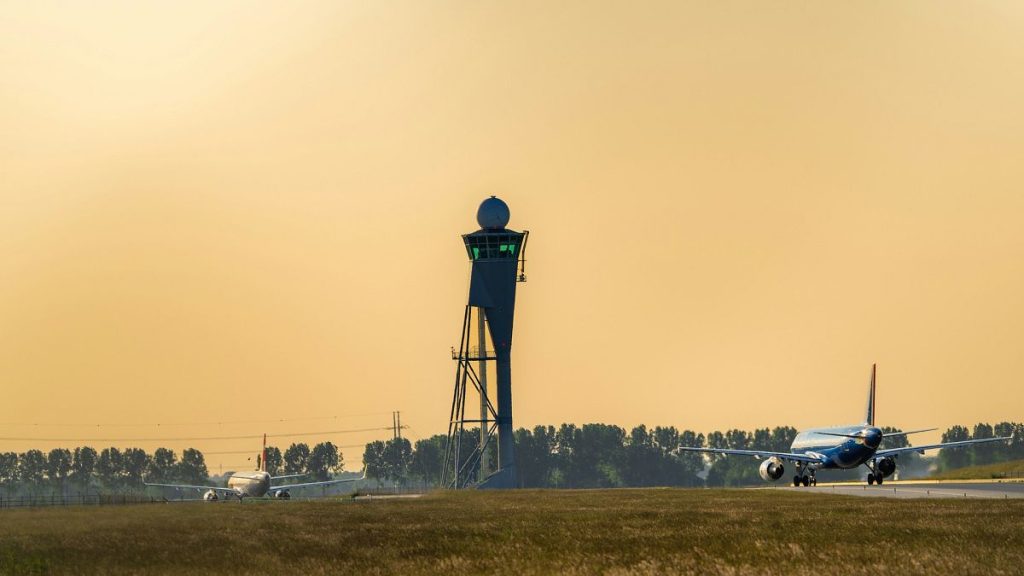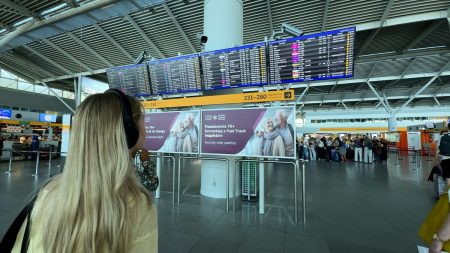TRAVEL DISRUPTION: STRIKES TO IMPACT ITALIAN AIR TRAVEL THIS FRIDAY
As Italy braces for nationwide strikes this Friday, September 26, travelers should prepare for significant disruptions to air travel across the country. The industrial action, called by two of Italy’s largest rank-and-file unions—CUB Trasporti and USB—centers on disputes over pay and working conditions that have reached a breaking point. The 24-hour walkout will involve both airline crews and airport staff, creating a perfect storm of disruption at the start of the weekend when many travelers may have planned getaways or business trips. Milan’s major airports, Linate and Malpensa, are expected to be particularly affected, potentially causing ripple effects throughout Italy’s air transportation network. For anyone with flights booked on Friday, this news represents not just an inconvenience but possibly a complete derailment of travel plans that may require quick thinking and alternative arrangements.
The scope of Friday’s strike extends far beyond just pilots and flight attendants, encompassing nearly every aspect of airport operations. Ground handling staff employed by Assohandlers will stop work during a crucial four-hour window from 10 am to 2 pm, while drivers at Milan’s airports plan to strike for the entire day, potentially leaving passengers stranded or scrambling to find alternative transportation to and from these major hubs. Security personnel at Cagliari Elmas Airport in Sardinia will also join the full-day action, which could create bottlenecks and delays for travelers attempting to pass through security checkpoints. Adding another layer of complexity, pilots and cabin crew from budget airlines Volotea and Wizz Air Malta have announced their participation in the 24-hour strike, citing chronic issues with low compensation and unsatisfactory working conditions that they claim have gone unaddressed for too long. The coordinated nature of these various walkouts suggests a growing frustration among aviation workers that has finally boiled over into unified action.
Despite the widespread strike action, passengers should know that not all flights will be grounded. Italy’s civil aviation authority ENAC has implemented protective measures to minimize travel chaos, mandating that flights scheduled during specific windows—between 7 am and 10 am, and again from 6 pm to 9 pm—must operate as normal during the strike period. These “guaranteed service” hours are designed to preserve essential connectivity and prevent complete travel standstills. ENAC has published detailed information about these protected flights on their official website, providing a small measure of certainty in an otherwise uncertain day. Nevertheless, outside these protected time frames, travelers should expect significant disruptions, including likely cancellations and delays that could cascade throughout the day and potentially affect connections in other European cities. The situation underscores the delicate balance between workers’ rights to industrial action and the need to maintain basic transportation services.
The advice for travelers facing this challenging situation is straightforward but essential: stay informed and be prepared for changes. Airlines recommend checking flight status directly with carriers before heading to the airport, as last-minute announcements about cancellations or schedule changes are possible right up until departure time. Building extra time into travel plans is also crucial—those who must travel on Friday should anticipate longer lines, extended waiting periods, and potential delays at every stage of their journey. For international travelers with connecting flights through Italian airports, the situation becomes even more complex, as a missed connection due to strike action could trigger a domino effect of disruption across an entire itinerary. While inconvenient, this situation also highlights the importance of travel insurance that covers strike-related disruptions, as well as familiarizing oneself with passenger rights under European air travel regulations, which may provide for compensation or assistance in certain circumstances.
Unfortunately for those hoping for a quick return to normal operations, Friday’s strike appears to be just the opening salvo in what promises to be a turbulent period for Italian transportation. Looking ahead, travelers should be aware that a 24-hour nationwide rail strike is scheduled from 9 pm on October 2 until 9 pm on October 3, potentially affecting both domestic and international train services throughout the country. This will be followed by further airport staff walkouts at major hubs including Rome Fiumicino, Pisa, and Florence on October 13, creating another day of likely disruption for air passengers. Additionally, Swissport Italia ground handlers at Milan Linate have planned their own strike action for October 29, extending the period of uncertainty well into the autumn travel season. This calendar of industrial action suggests deeper, systemic issues in Italy’s transportation sector that may not be quickly or easily resolved.
For travelers with plans to visit or transit through Italy in the coming weeks, staying vigilant about potential disruptions has become as essential as packing a passport. The Italian transport ministry maintains an official strike calendar that provides the most reliable and up-to-date information about planned industrial actions across all transportation modes. Checking this resource regularly could help travelers make informed decisions about whether to proceed with plans as scheduled or consider adjustments. Travel experts recommend building flexibility into itineraries where possible, perhaps by adding buffer days between critical connections or having contingency plans for alternative routes. While these waves of strikes certainly create headaches for passengers, they also reflect legitimate concerns from transportation workers about working conditions and compensation in an industry still recovering from pandemic-related disruptions. Understanding this context doesn’t make delays any less frustrating, but it does provide perspective on the complex interplay between labor relations and the transportation infrastructure we all depend on.










